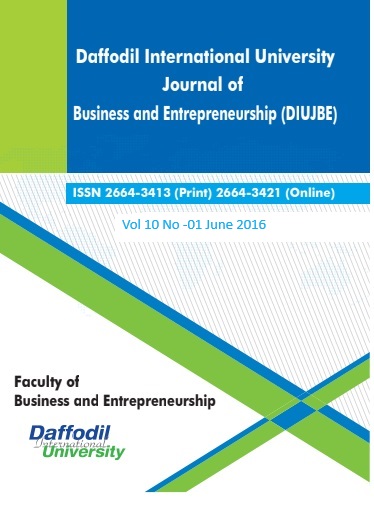Questions Analysis with Bloom’s Taxonomy:
A Study on the Department of Business Administration
DOI:
https://doi.org/10.36481/diujbe.v010i1.fffjq648Keywords:
Bloom’s Taxonomy (BT), Tertiary level education, Lower Order Cognitive (LOC, Higher Order Cognitive (HOC)Abstract
The purpose of tertiary level education is to improve student’s thinking ability from Lower Order Cognitive (LOC) to Higher Order Cognitive (HOC) levels of Bloom’s Taxonomy. The question papers are examined based on Bloom’s Taxonomy (BT) to evaluate the confidence and skill levels of the learner. According to Bloom’s Taxonomy, recall, understand and apply are the LOC whereas analyze, evaluate and creative are the HOC. In this study, question papers of examination of the Department of Business Administration (DBA) of a private university were analyzed to find the skill levels of the learner. The data were considered from mark distribution process of question papers. The question papers were evaluated based on keywords and marks were allocated to different level of Bloom’s Taxonomy. The research question for this study in “Is teaching-learning of tertiary level education following standard”. To answer this question, the following hypotheses should set to test: (i) mark distribution is increasing from LOC to HOC levels as academic year is increased and (ii) pattern of mark distribution are not same in terms of LOC and HOC levels in courses. The results showed that almost 30% questions were from understand level, whereas 7% and 12% questions were from evaluate and create level of Bloom’s taxonomy. There is significant difference of mark distribution between LOC and HOC levels and mark from LOC domain is higher than that of HOC domain in the questions. To improve students thinking ability, more questions should be included from HOC in the questions.

